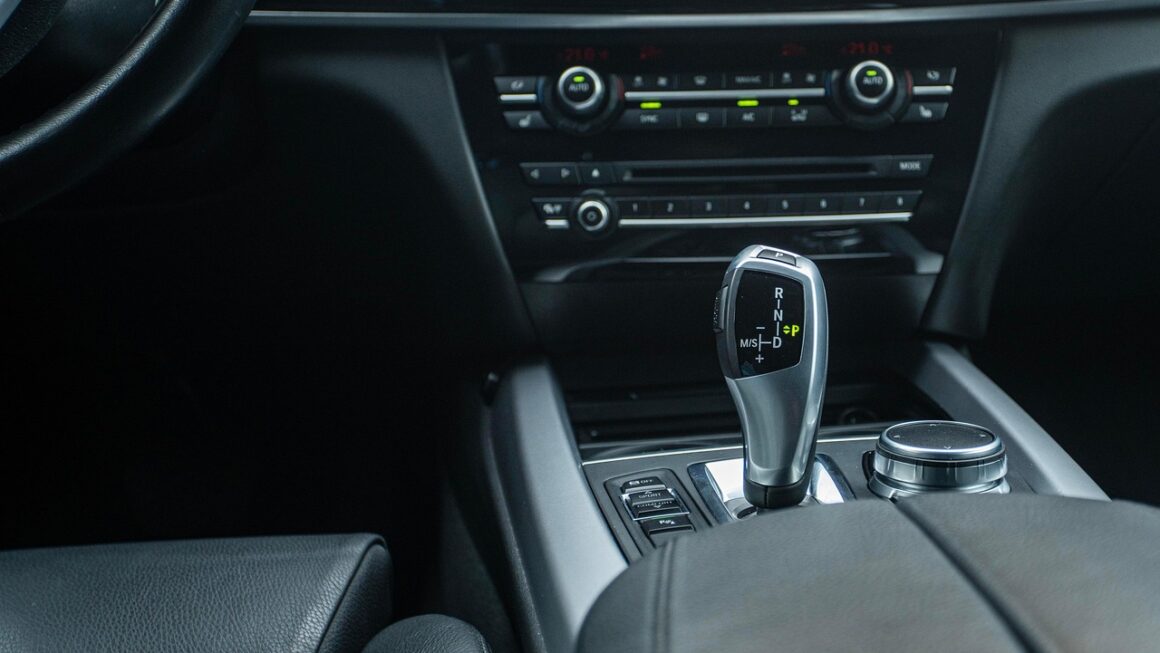Imagine a world where your refrigerator orders groceries when you’re running low, your thermostat adjusts the temperature based on your location, and your car diagnoses its own mechanical problems. This isn’t science fiction; it’s the reality of the Internet of Things (IoT), a rapidly evolving technological landscape transforming how we live, work, and interact with the world around us. This comprehensive guide delves into the intricacies of IoT, exploring its core components, applications, benefits, challenges, and future implications.
Understanding the Internet of Things (IoT)
Defining IoT: Beyond Smart Devices
The Internet of Things (IoT) refers to the network of physical objects—”things”—embedded with sensors, software, and other technologies for the purpose of connecting and exchanging data with other devices and systems over the internet. This goes beyond simply connecting devices; it involves the seamless integration and interaction of these devices to create intelligent systems capable of automating tasks, improving efficiency, and providing valuable insights.
Key Components of an IoT System
- Sensors: Gather data from the physical environment (temperature, pressure, location, etc.).
- Connectivity: Enables data transmission via Wi-Fi, Bluetooth, cellular networks, etc.
- Data Processing: Analyzes data collected by sensors to identify patterns and trigger actions.
- Actuators: Respond to processed data by controlling physical devices (e.g., turning on a light, adjusting a thermostat).
- Cloud Platform: Stores and manages vast amounts of data generated by IoT devices.
Applications of IoT Across Industries
Smart Homes and Buildings
IoT is revolutionizing homes and buildings with smart appliances, security systems, and energy management solutions. Examples include smart thermostats (Nest), automated lighting (Philips Hue), and smart security cameras (Arlo).
Healthcare and Wearables
Wearable devices like fitness trackers and smartwatches monitor vital signs, activity levels, and sleep patterns, providing valuable data for personalized healthcare. Remote patient monitoring systems use IoT to track patients’ conditions and alert healthcare providers to potential problems.
Industrial IoT (IIoT)
IIoT leverages IoT technologies to enhance industrial processes, improve efficiency, and optimize resource allocation. Smart sensors monitor equipment performance, predict maintenance needs, and enhance safety protocols in manufacturing plants and other industrial settings. This leads to reduced downtime and improved productivity.
Transportation and Logistics
IoT is transforming transportation through GPS tracking, fleet management systems, and autonomous vehicles. Real-time data on vehicle location, fuel consumption, and maintenance needs enables efficient route planning, optimized delivery schedules, and improved safety.
Agriculture and Farming
Precision agriculture utilizes IoT sensors to monitor soil conditions, weather patterns, and crop health. This data-driven approach helps farmers optimize irrigation, fertilization, and pest control, leading to increased yields and reduced resource waste.
Benefits of Implementing IoT Solutions
Increased Efficiency and Productivity
Automation and real-time data analysis provided by IoT systems streamline processes and enhance efficiency across various industries.
Improved Decision-Making
IoT generates vast amounts of data that, when analyzed correctly, provides actionable insights for better decision-making.
Enhanced Customer Experience
IoT-enabled products and services offer personalized experiences and increased convenience for customers.
Cost Savings
Optimized resource allocation, predictive maintenance, and reduced waste contribute to significant cost savings.
Challenges and Considerations in IoT Deployment
Security Risks and Data Privacy
The interconnected nature of IoT devices presents significant security challenges. Vulnerabilities in devices can be exploited by hackers, leading to data breaches and system failures. Robust security measures, including encryption and access control, are crucial to mitigate these risks.
Data Management and Analysis
IoT systems generate massive amounts of data, requiring efficient data management and analysis capabilities. The ability to extract meaningful insights from this data is crucial for realizing the full potential of IoT.
Interoperability and Standardization
Lack of standardization across different IoT devices and platforms can hinder interoperability. Efforts are underway to develop common standards to ensure seamless communication and data exchange between different systems.
Scalability and Maintainability
IoT systems need to be scalable to accommodate the growing number of connected devices and adaptable to evolving needs. Effective maintenance and updates are essential to ensure the long-term functionality and reliability of IoT systems.
Future Trends in IoT
Artificial Intelligence (AI) and Machine Learning (ML) Integration
The integration of AI and ML with IoT is driving the development of more intelligent and autonomous systems. AI algorithms can analyze IoT data to identify patterns, predict future events, and automate decision-making processes.
Edge Computing
Edge computing processes data closer to the source (IoT devices) rather than relying solely on cloud servers. This reduces latency, improves responsiveness, and enhances data security.
5G and Beyond
The rollout of 5G and future generations of wireless technology will provide the high bandwidth and low latency needed to support the growing number of connected IoT devices and enable new applications.
Blockchain Technology Integration
Blockchain technology can enhance the security and trust of IoT systems by providing a tamper-proof record of transactions and data exchanges.
Conclusion
The Internet of Things is transforming industries and shaping our daily lives in profound ways. While challenges remain in areas like security and data management, the potential benefits of IoT are immense. By addressing these challenges and embracing emerging technologies like AI and 5G, we can unlock the full potential of IoT and create a more connected, efficient, and sustainable future. The key takeaway is to understand the complexities involved, plan carefully for implementation, and prioritize security to ensure a successful and impactful IoT strategy.




